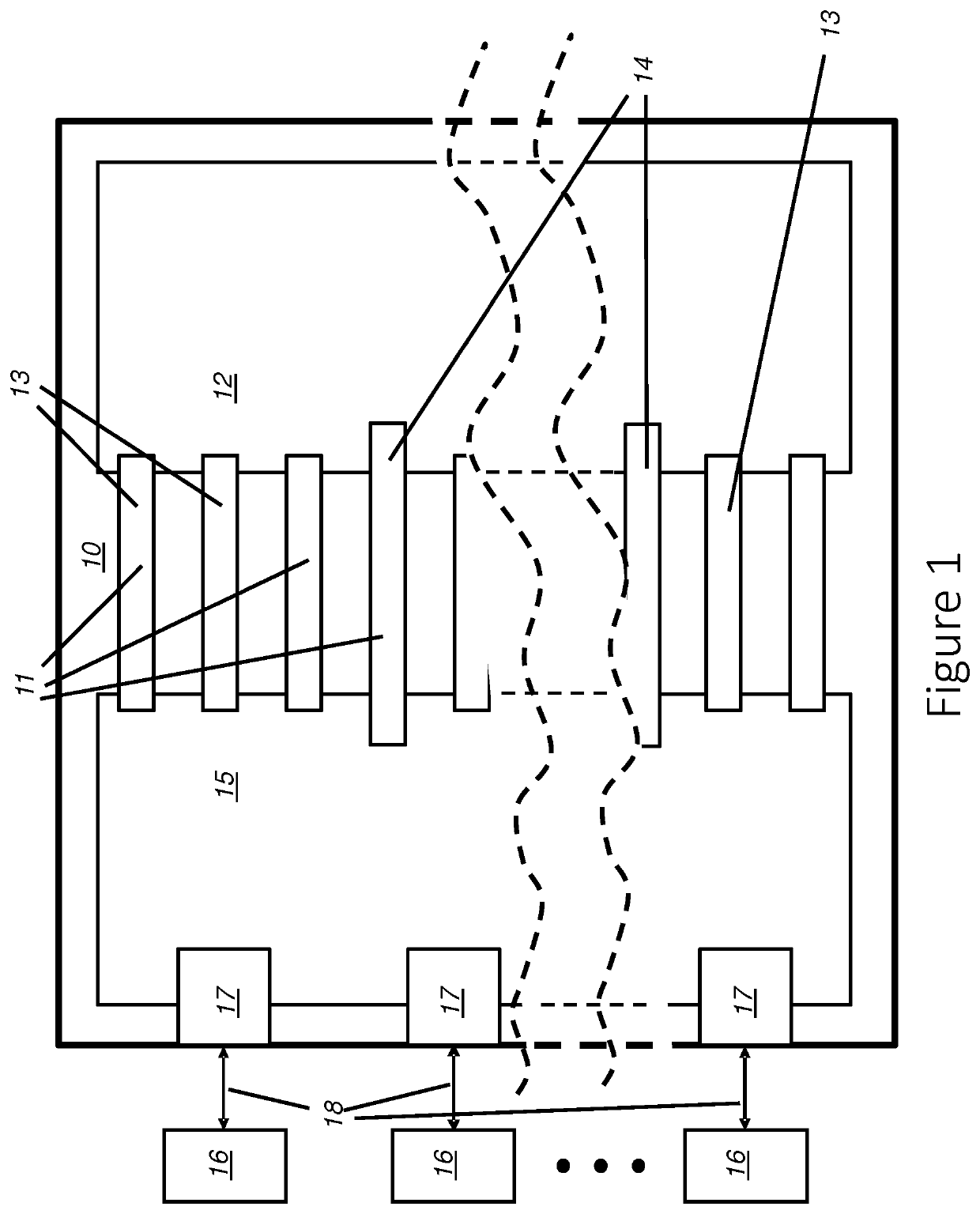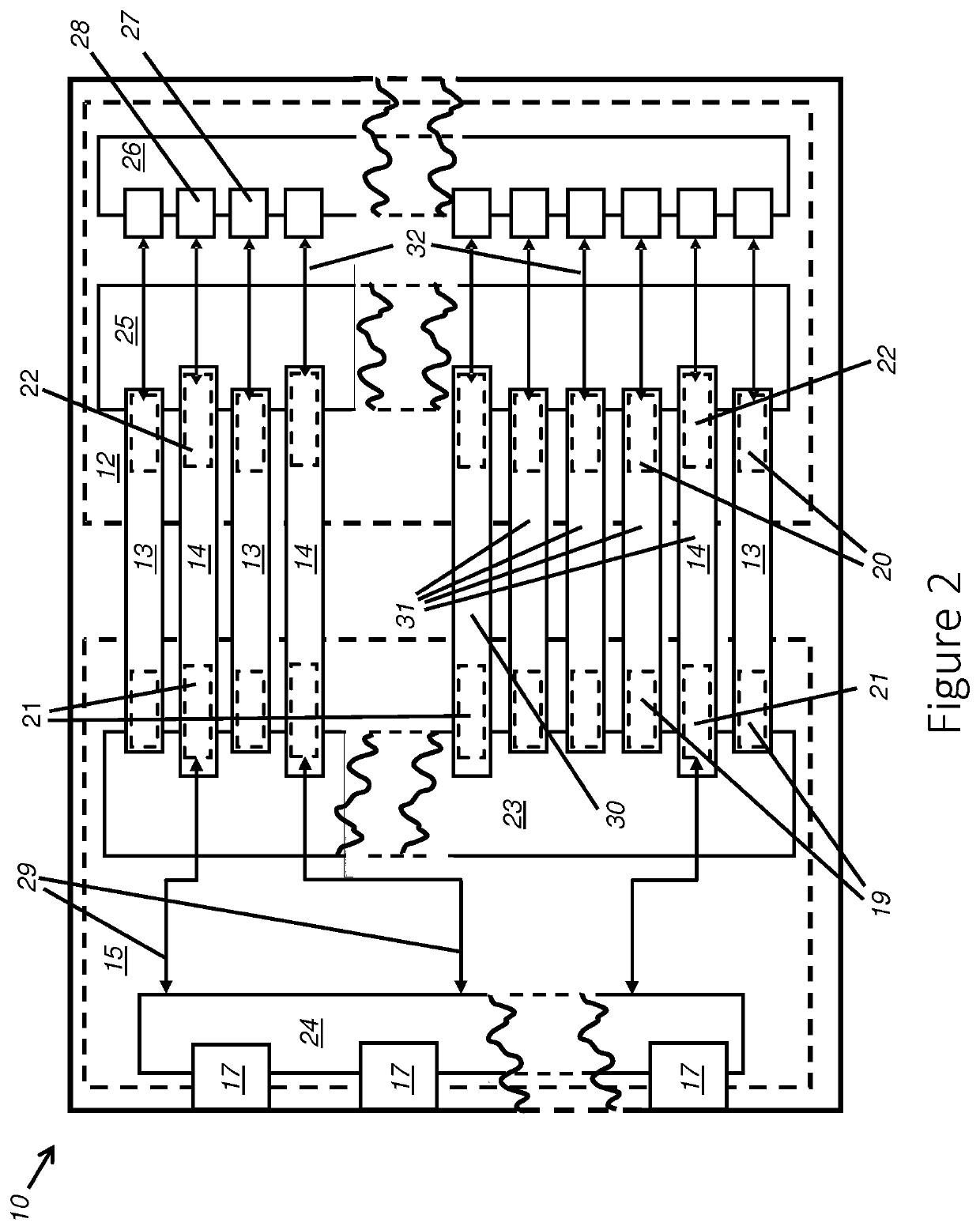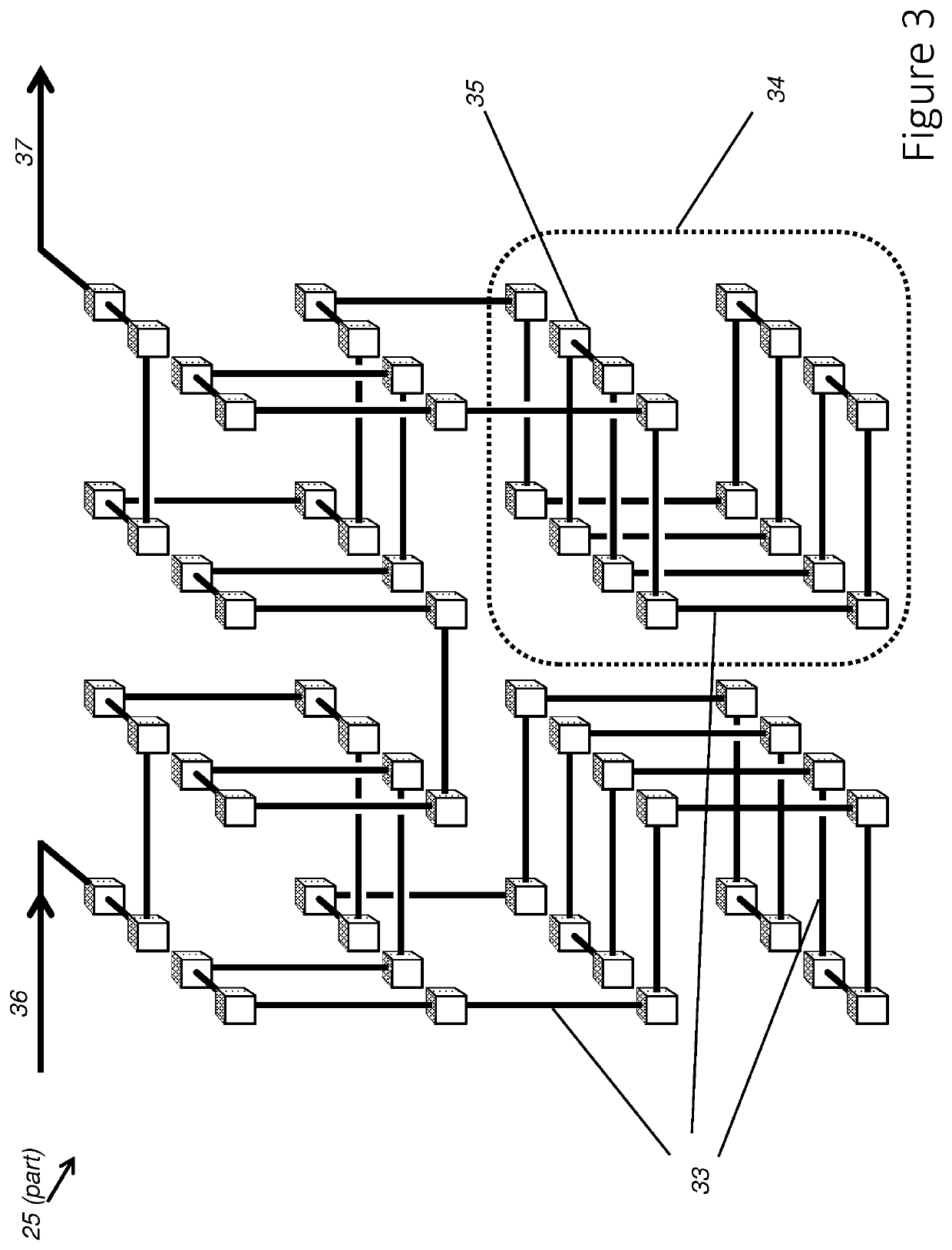Exceptionally complex manufacturing technologies have been developed progressively to enhance the raw speed (or
throughput) of the single, unitary computing engine (such as the Intel range of
microprocessor).
However, according to computer manufacturers, it now seems (as at 2007) that no significant further improvements in unitary-computer
operating speed are possible without an unpredictable breakthrough in fundamental
engineering physics.
However, more than raw speed (or data-
throughput) is required in the effective application of such concurrently-operating computers.
Even when processed sequentially on a single computer, the organization, scheduling, and control of task-interactions has been an intellectual challenge of high order, as evinced by the large number of computer projects that have failed due to
software design errors, either initially or totally.
Were a large number of digital computing engines to be interconnected so as to execute many tasks simultaneously, the organization, scheduling, and control of such concurrent tasks together present a far greater challenge than that posed by historical,
serial computer programming; to date, this problem has not been adequately solved, except in the limited context of rudimentary inter-communications between carefully partitioned tasks.
Many connectivities have been proposed for
massively parallel processing, including the Hillis and Intel Hypercubes, that have enjoyed some commercial success, but it is not evident that any thus far offer simultaneously to multiple independent users the concurrent manipulation of diverse-sized tasks and arrays, without prior mapping of the tasks and arrays onto selected digital computing engines by the concerted action of all the users together.
The first
disadvantage of these hypercubes lay in the practical upper limit of a few tens of thousands of processors due to the large numbers of interfaces demanded by higher-dimensional
hypercube networks.
As advanced hereunder, significant applications call for many millions of processors so, in the Hillis patent disclosures, in order to increase the number of available processors, further blocks of digital computing engines might have been employed to replace each
hypercube nodal digital computing engines, but these additional groupings would then not match the regular interconnections of the
hypercube topology, and would, inevitably, give rise to a more opaque,
hybrid structure, with all of its attendant
programming difficulties.
A second
disadvantage of the Hillis hypercube lay in its restrictions on matching, to the network, the shape and organisation of common logical tasks such as un-balanced decision-trees, concurrent ‘garbage-collection’, and the logical configuration and scheduling of the
array processing operations themselves.
The replication of irregular data-structures is also problematic, as is control of concurrent input and output provision, all requiring highly specialized
programming techniques to map the tasks onto the network of processors.
The much earlier fine-grained,
software-matched machines such as the prototype Mago or Hamlin have been eschewed, at least because the application-space of their topologies is limited to executive-style
software and is inefficient for large blocks of arithmetic processing.
Nevertheless, associated with any choice of the interconnecting method for large numbers of processors, within the architecture there is still an unavoidably large number of discrete data paths between the processing entities.
In terms of truly general-purpose computing paradigms, the foremost lack of harmony is between the spatially-local arithmetic convolutions of Cartesian data-arrays (such as in
matrix multiplication) and the highly unpredictable, but spatially-free, hierarchical, tree-branching, executive processing structures.
A hierarchical tree-pattern of executive software can be mapped onto parts of a Cartesian array of processors (that, of course, best matches the shape of matrices) but the mapping is very inefficient for practical, irregular, executive-control structures—as indeed experienced adversely in hypercube architectures.
The Hamlin pattern follows a hierarchical, regular tree-topology processing structure laid out in a Cartesian planar form, following the principle first published by Mead and Conway (Addison-Wesley, 1979) but it is not connected as an efficient array processor.
It defines the instructions and their formats that are made available to all users, but it is deliberately inflexible and not normally alterable by the users.
 Login to view more
Login to view more  Login to view more
Login to view more 


